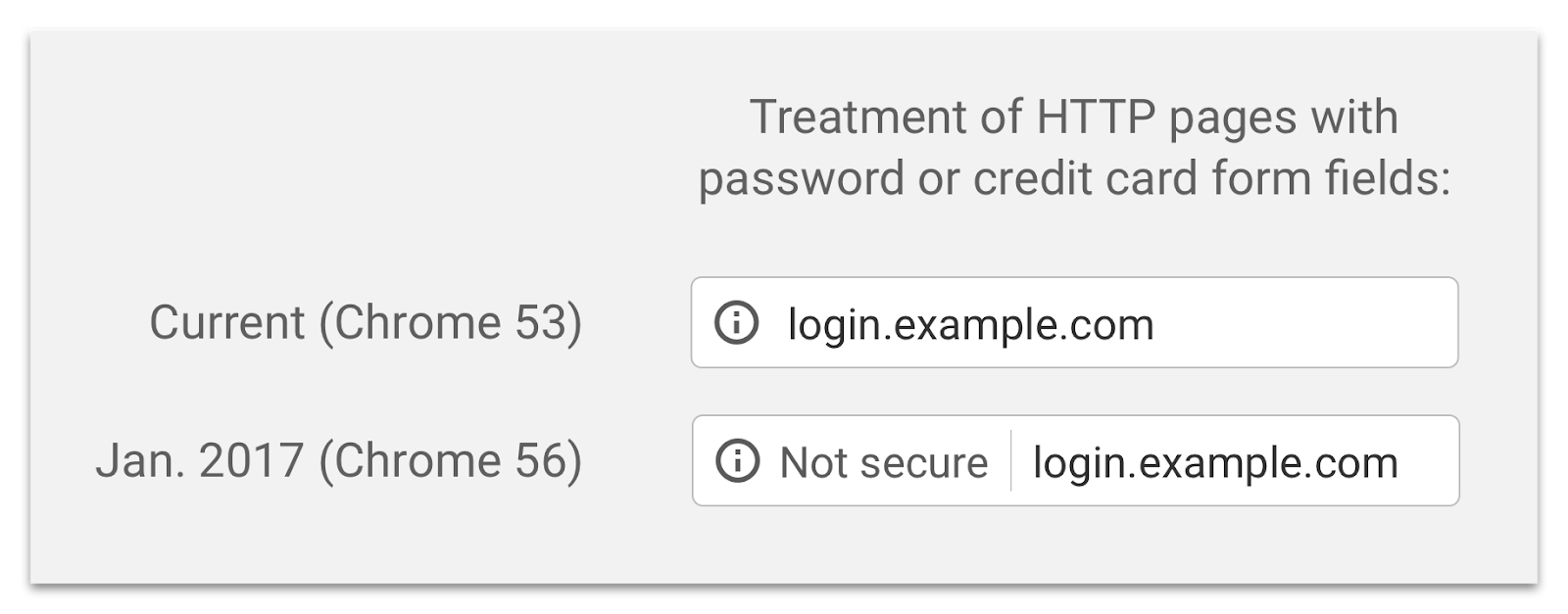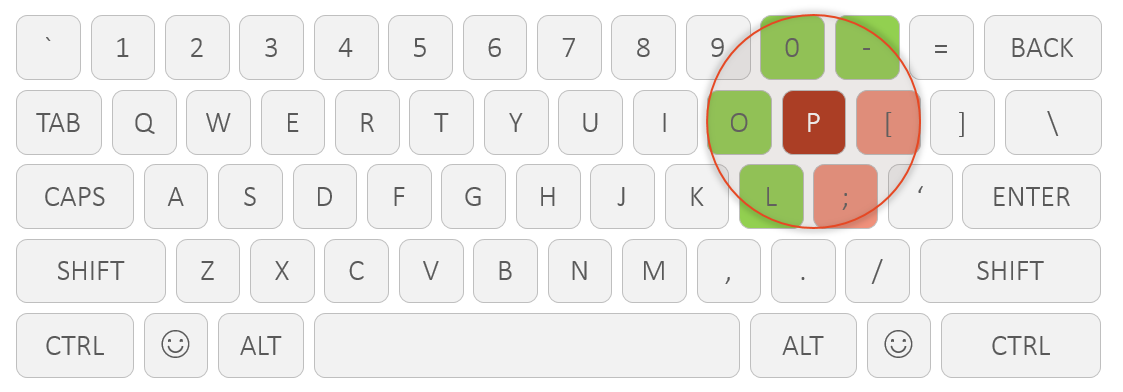This article explores how template literals are strictly better than strings, and how they too should become the new default of a post-ES6 era – over single and double quoted strings. |
|
The aha moment, when you can scroll a page and still see a data grid’s column headers as the page scrolls off the screen. Seeing the user benefit, and customer request, learn how the team at Wijmo implemented this new feature in FlexGrid. View sample. |  |
|
As usual, Jeremy giving us the facts. Don’t imitate mobile for no good reason. “the majority of people will still interact with your progressive web app via a regular web browser view. If, then, only a minority of people are going to experience your site launched from the home screen in a native-like way, I don’t think it makes sense to prioritise that use case.” |
|
Progressive Web Apps give us an opportunity to reset our expectations and to loudly declare that “We Can Do Better” when designing user experiences on the web. |
|
Beginning in January 2017, — Chrome 56 — Chrome will mark HTTP sites that transmit passwords or credit cards as non-secure, as part of a long-term plan to mark all HTTP sites as non-secure. |  |
|
Customers are increasingly purchasing goods and services using smartphones, either through native or web applications. And, they want to make these purchases wherever they may be, whether it’s inside trains, in the countryside or roaming in foreign countries. |
|
Chrome is experimenting with blocking some scripts that are added using document.write(). An Intervention header is sent in a response in hopes the implementor will care. Hint: implementor will carry on not caring. |  |
|
The React Boilerplate team spoke with hundreds of developers about how they build and scale their web applications. Max Stoiber shares some things they’ve learned along the way. |
|
One of Jest’s philosophies is to provide an integrated “zero-configuration” experience. We want to make it as frictionless as possible to write good tests that are useful. We observed that when engineers are provided with ready-to-use tools, they end up writing more tests, which in turn results in stable and healthy code bases. |  |
|
Jatin Shridar introduces PouchDB, an in-browser NoSQL, document database. Learn how to store your app data locally and later sync it with a server-side DB. |
|
Locally running services may be accessible by any website you visit, making it possible for bad guys to steal your local data. |  |
|
A hilariously well-put explanation on what works and what doesn’t when it comes to email validation. |  |
|
A Node.js + Phantom.js command line application that will automatically order you a sandwich from Jimmy John’s. |  |
|
|



Comments